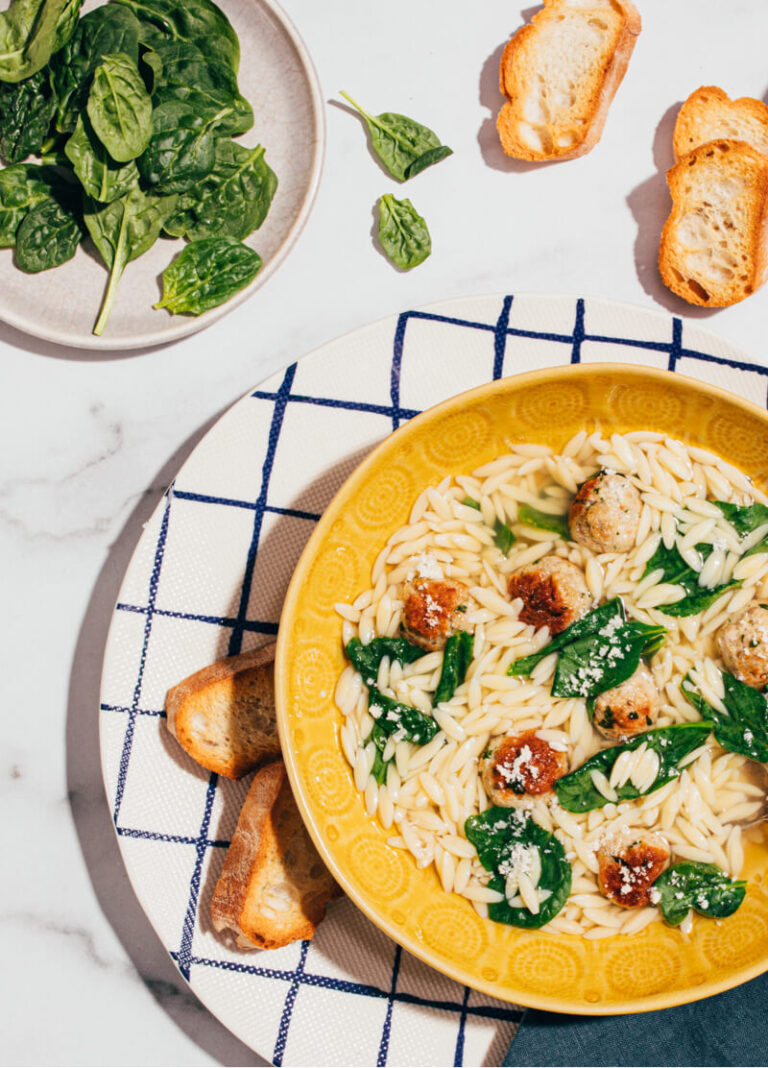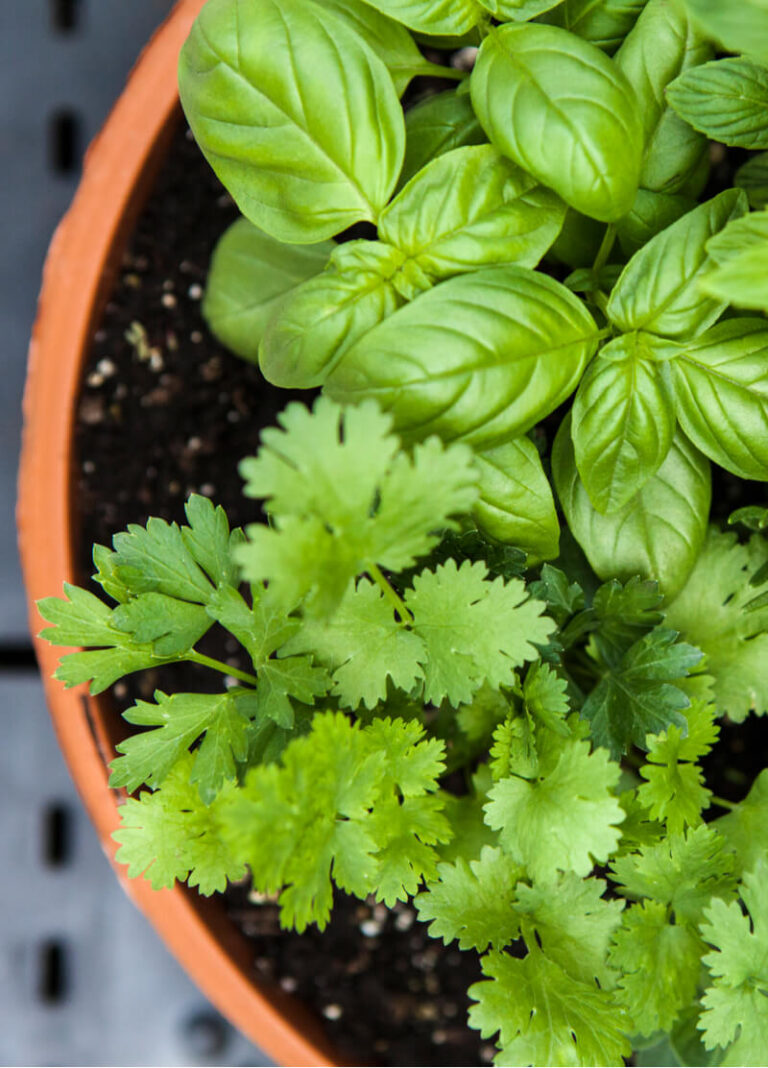Inspiration
4 Fascinating Pasta Water Uses Worth Trying
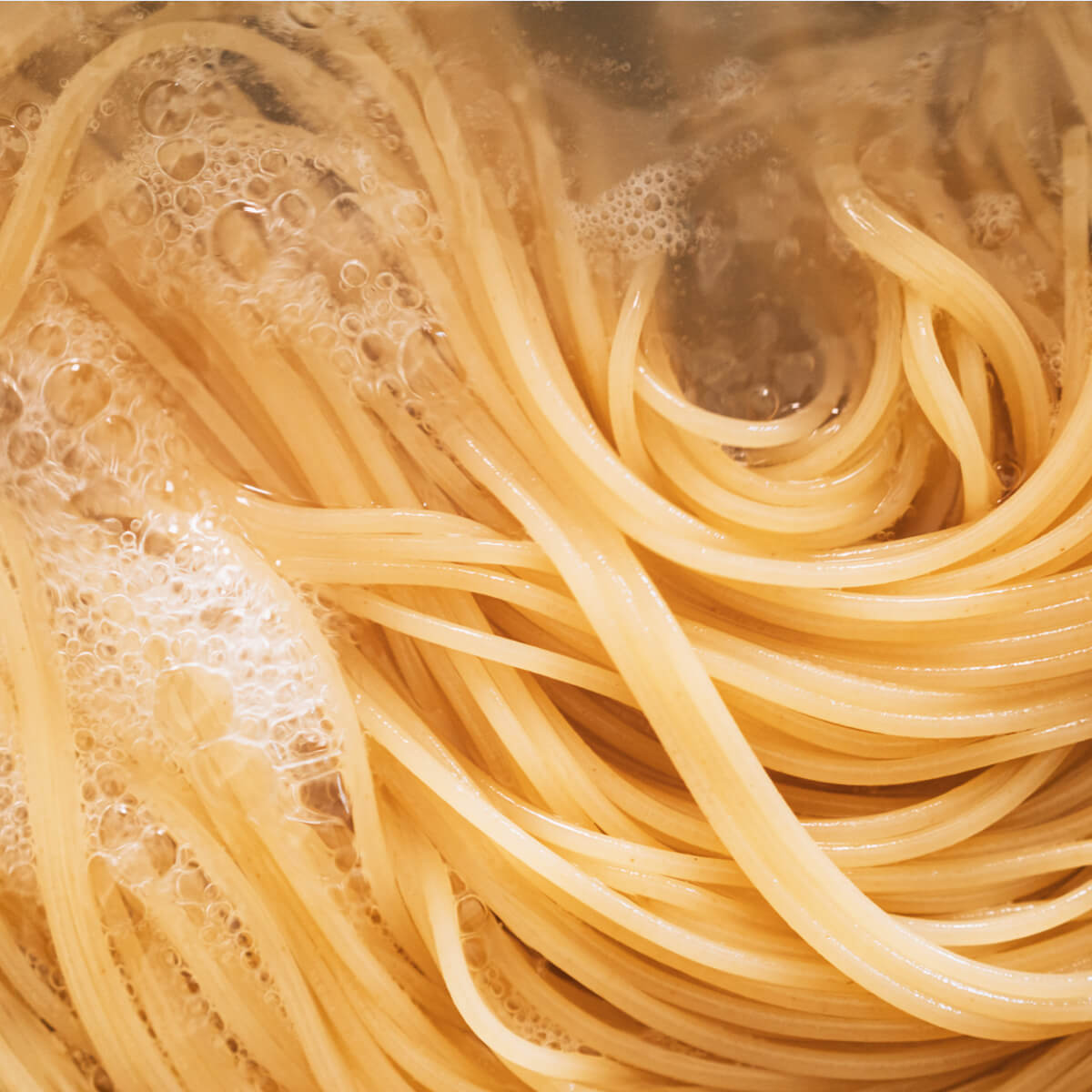
Wondering why people use pasta water? Or why they salt pasta water? If you’re draining this precious liquid after boiling pasta, here are a few reasons why you might want to reconsider.
Spoiler: Silky, smooth pasta sauce ahead.
The science behind pasta water. And salt.
Yes, science. About pasta water uses. Who knew? Pasta water works magic. And it begins with the pasta itself.
Here’s a quick 101:
- Pasta is made up of carbohydrates like starch.
- When pasta is boiled, the starch weakens, taking on water and expanding.
- The starch is then released into the pasta water.
- The resulting starchy pasta water is the master chef’s secret ingredient for binding and thickening.
Why we salt pasta water
Salt is an enhancer. It heightens the flavor of every other ingredient. Adding smoky bacon to Spaghetti Carbonara? Using savory garlic in your Penne alla Vodka? Salt makes those flavors dance the rumba.
Salt also breaks up the starch in pasta water. With the correct pasta-to-water and salt-to-water ratios (using the Ronzoni package directions), you’ll alchemize your pasta water into perfectly balanced liquid gold.
Try These 4 Pasta Water Uses
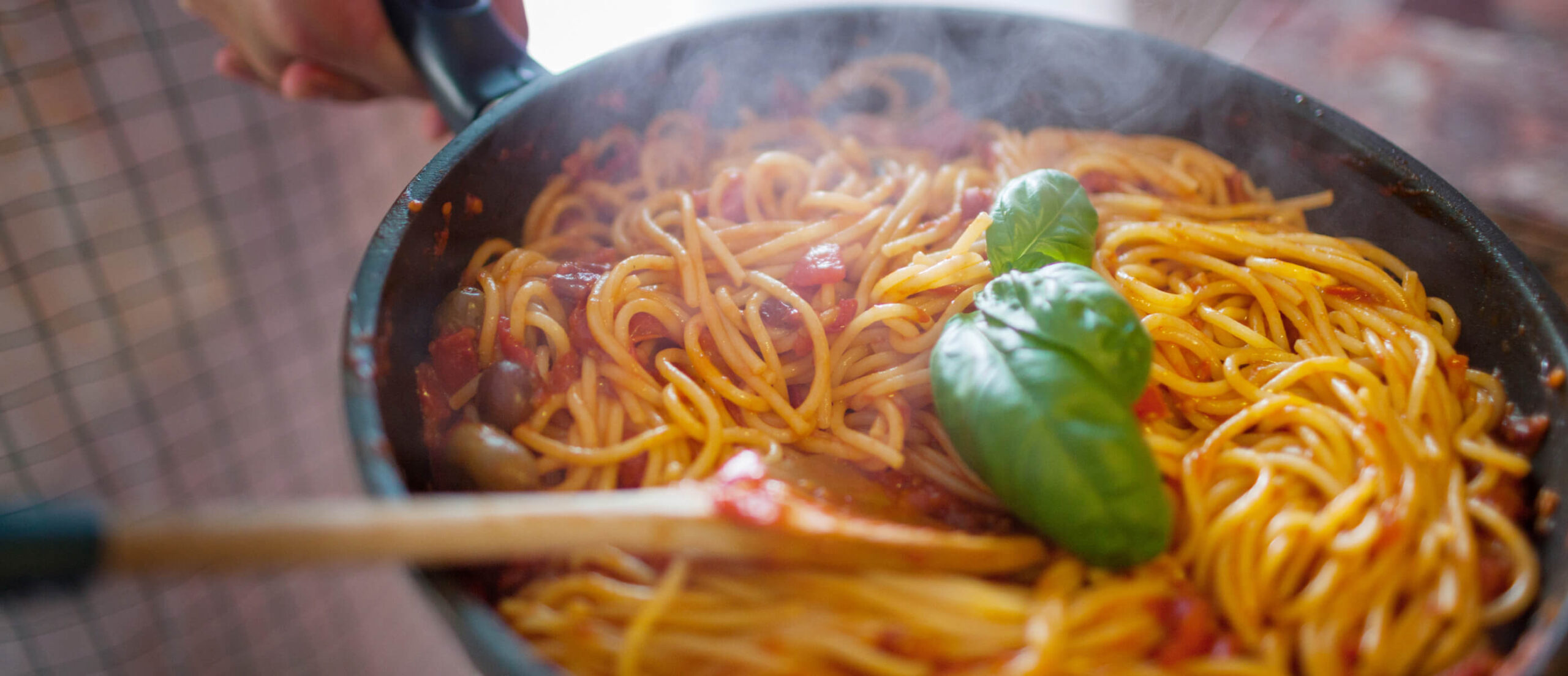
Make restaurant-quality pasta sauce
Combine a little pasta water magic with your pasta sauce and presto! The added starch in the sauce acts as a binding agent on pasta. And because of its thickening qualities, you end up with a silky-smooth, restaurant-quality sauce that clings perfectly to each piece of pasta.
Try it with this Homemade Pesto Pasta recipe.

Use as a soup base to ladle up flavor
Salted, starchy pasta water flavors and thickens soups. Perfect for giving stews and cheesy soups that just-right bite or for brothy soups that ended up a bit too thin.
To really maximize the effects of starch, skip boiling the pasta separately. Instead, add the dry pasta directly to the boiling soup as one of the last steps before taking your soup off the heat. The pasta will continue cooking for a few minutes, so include that in your timing!
Want some soul-soothing soup? Try these winter soup recipes.
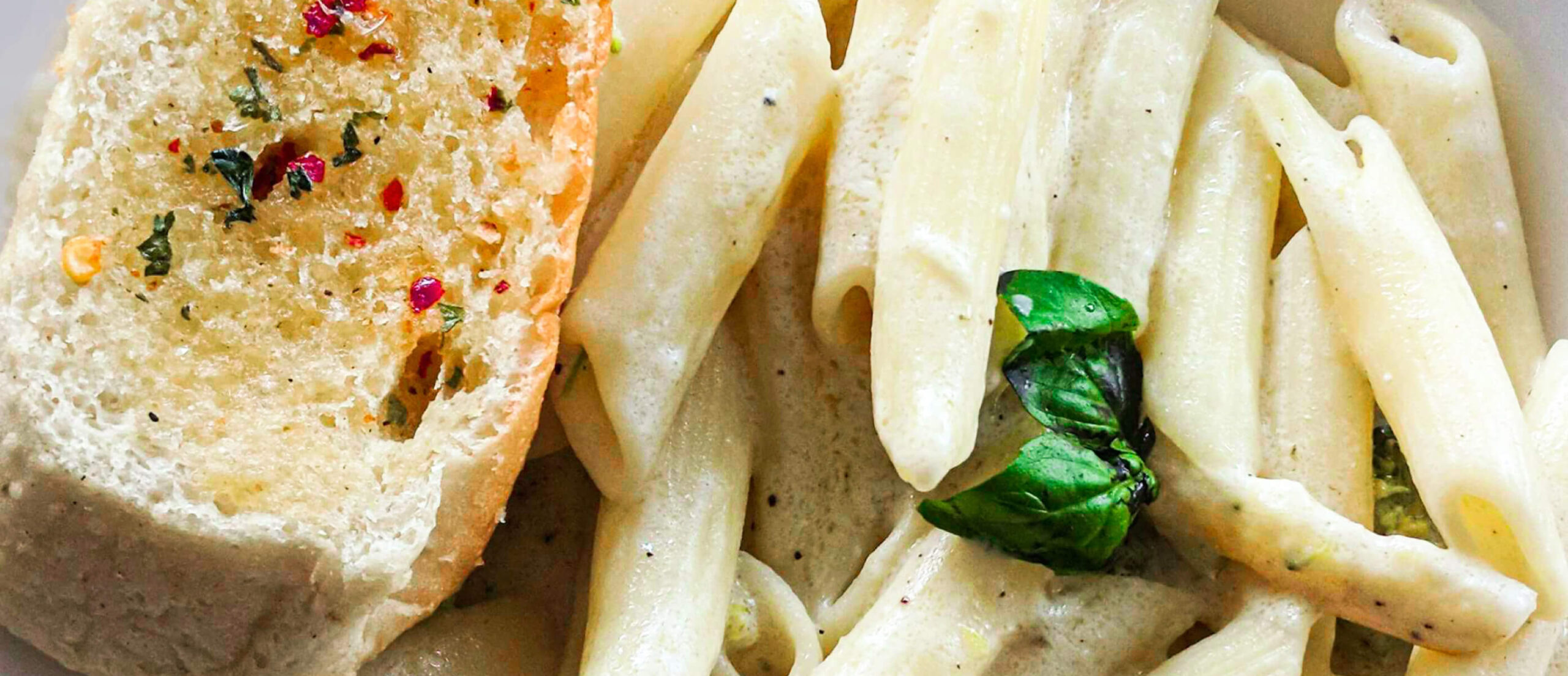
Swap for regular water in bread recipes
Yeast loves starch. Bread needs yeast to rise. Use pasta water instead of regular water when baking and it will rise like the sun. But wait, there’s more! Pasta water also helps soften bread texture. And, when it’s ready to come out of the oven, the starch helps bind the bread together so it doesn’t fall apart.
Now we’re hungry for garlic bread. And Spaghetti and Meatballs.
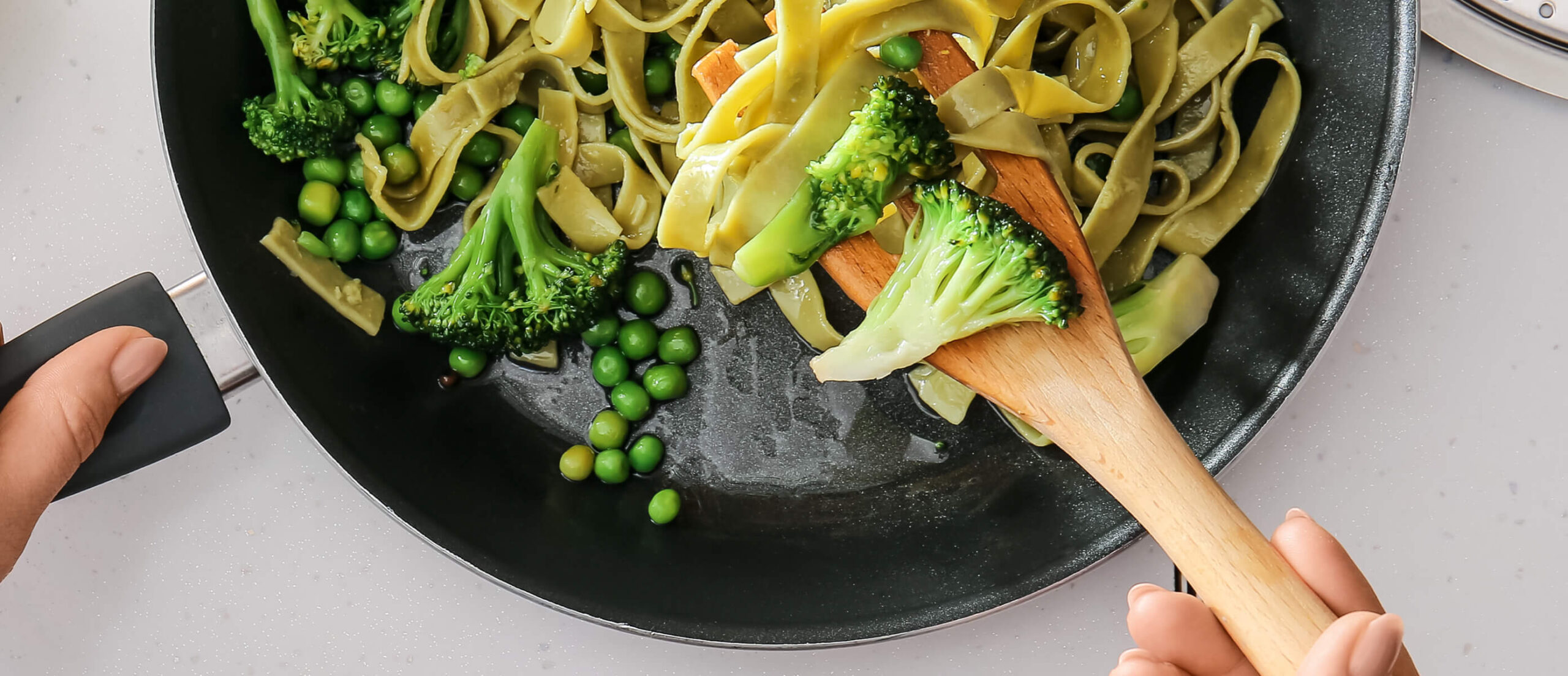
Cook veggies with pasta water
Want to save time? Steam your veggies while your pasta is still cooking. Or, throw them right in with the pasta no more than five minutes before removing from heat.
Want your veggies to have extra flavor? Blanch them in pasta water.
What is blanching?
Blanching is a hot-to-cold cooking process, ideal for hardy fresh veggies like broccoli or frozen veggies. In the still-boiling-but-now-empty pasta water, throw in some extra seasonings like minced onion, garlic, and pepper. Toss the veggies in for no more than five minutes. Remove and immediately give them a quick dunk into an ice bath. Brrr. Then your veggies will stay bright and infuse flavor into each bite.
There you have it. Not only why people salt pasta water, but all the nifty pasta water uses. If only we could use all this science to understand why we’re still craving garlic bread.
